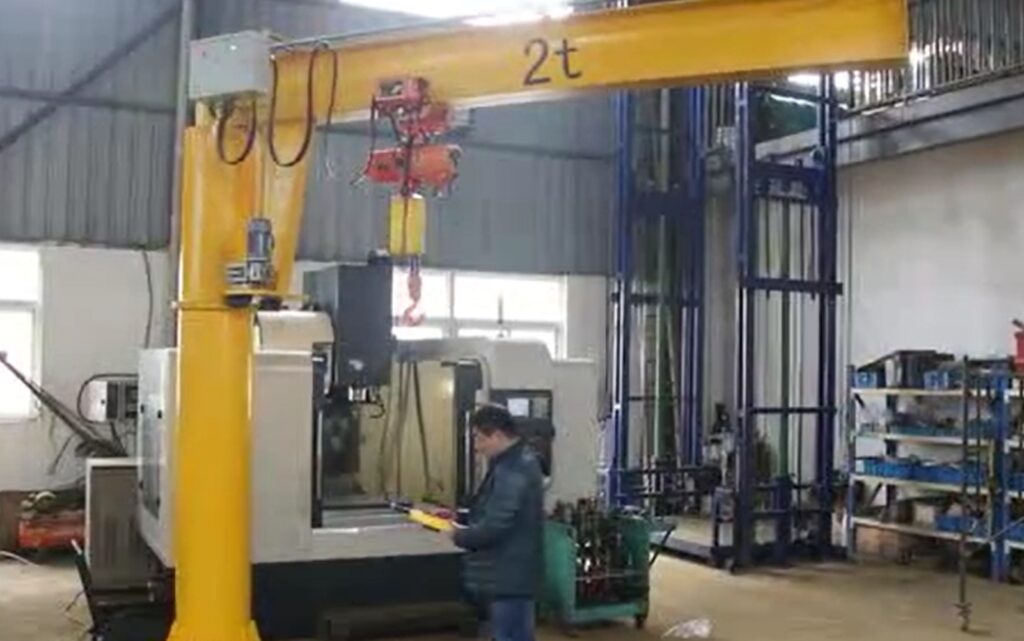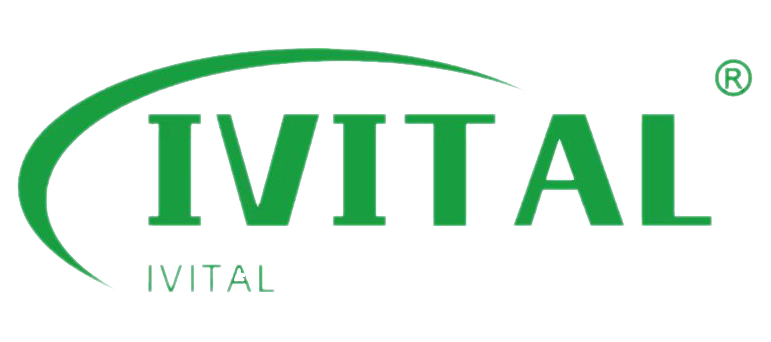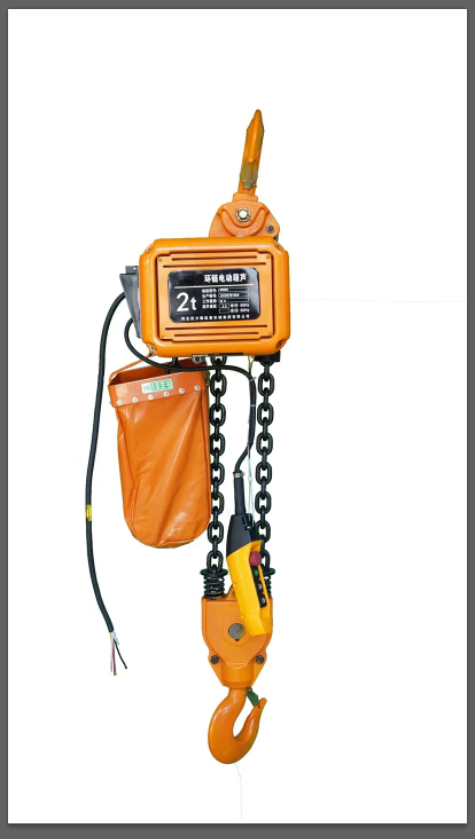When you’re buying an industrial hoist, it can be overwhelming. How do you make sure you’re safe, efficient, and cost-effective with so many options? If you pick the wrong hoist, you could be inefficient, unsafe, and have more maintenance costs, especially in tough environments like mining or construction. This guide will break down the key things to think about when you’re buying an industrial hoist so you make sure your investment matches what you need for your project.
Hoists are a must-have for lifting heavy stuff up in the air. They’re used in all sorts of industries, like construction, mining, and manufacturing, where you need to lift big, heavy things. You can get electric hoists, air hoists, and manual hoists, depending on how fast you need to lift, how much weight you’re lifting, and where you’re working. Knowing these differences will help you be safe, make your hoist last longer, and get your work done faster, especially if you’re working in a tough place.
So you can make a good decision, let’s look at the different types of hoists, what they’re used for, and how to pick the right one for your project.
What’s the difference between a lift and a hoist?
Hoists and lifts are both used to move heavy things, but they’re used for different purposes and they work in different ways. Hoists are designed to lift heavy things straight up into the air, and they often work with other equipment like cranes to move stuff around. Lifts, on the other hand, are usually in one place and they’re used to move things from one level to another. Lifts move more slowly and they often have doors or platforms that can carry a lot of things at once.
What’s the difference between a jib and a hoist?
While hoists are used to lift things straight up into the air, a jib is a type of crane that moves things horizontally. A jib hoist can be powered or manual and it often has a long arm that moves things across distances. Jibs let you put things in exactly the right place along a horizontal line, with arms that can be long or short, while hoists are all about lifting things up and down.
What’s the difference between a hoist and an overhead crane?
The main difference between a hoist and an overhead crane is how they move. Hoists are designed to move loads up and down. They’re often part of a bigger overhead crane system. Overhead cranes can move loads up and down and side to side. They can pick up and move materials across long distances, like an entire factory floor or a construction site. If you need to move a load from side to side, you want an overhead crane.
How do I choose the right industrial hoist for my job?
Choosing the right industrial hoist involves a few things. First, you need to know how much weight you need to lift. Hoists are rated for how much weight they can lift. You want to make sure the hoist you pick can handle the weight you need to lift. Next, you need to know how high you need to lift the weight and how fast you need to lift it. If you’re going to be lifting a lot or lifting fast, you’ll want an electric hoist. If you’re going to be lifting in an area where there might be explosions or other hazards, you’ll want a pneumatic hoist. They’re safer in volatile conditions. If you’re just going to be lifting a little bit or you’re going to be lifting for a short period of time, you’ll want a manual hoist.
What are the best hoists for extreme environments?
When you’re working in extreme environments, such as high-temperature, humid, or corrosive settings, you need to choose a hoist that’s designed for those conditions. For example, if you’re working in a marine or chemical environment, you’ll want to use a corrosion-resistant hoist, which is made from stainless steel or has special coatings. If you’re working in an environment that has high temperatures, you’ll want to use a hoist that’s rated for high-temperature operations. This is especially important if you’re working in an industry like steel production or oil extraction.
Another good option for hazardous environments where there’s a risk of explosion is a pneumatic hoist. These hoists are powered by compressed air instead of electricity, which reduces the risk of sparks or electrical malfunctions.
How do you calculate hoist load capacity and lifting height?
When you’re selecting a hoist, you need to know what your project’s load requirements are. To calculate the hoist’s load capacity, you need to know the maximum weight the hoist will be lifting and choose a hoist that has an appropriate rating. To calculate the lifting height, you need to measure the vertical distance from the hoist to the highest point the load will be lifted. Make sure the hoist you select can accommodate these measurements to ensure smooth operations.
What do you need to know about hoist safety and maintenance?
When it comes to hoists, safety is the name of the game. Make sure your hoist meets all relevant safety standards, such as those set by OSHA or ANSI. You also need to inspect and maintain your hoist regularly to make sure it’s working properly. That means checking the lifting mechanism, cables, and motor to make sure they’re not going to break and cause an accident.
If you’re using your hoist in a tough environment, you’ll need to maintain it more often. Harsh conditions can cause your hoist to wear out faster. You also need to train your operators to use the hoist safely so they don’t hurt themselves or anyone else.
How much does an industrial hoist cost?
The cost of an industrial hoist depends on a few things. The type of hoist you buy (manual, electric, pneumatic), how much it can lift, and any special features you need all affect the price. Manual hoists can cost anywhere from a few hundred to a couple thousand dollars. Electric hoists and pneumatic hoists usually cost several thousand dollars, especially if you need special features like an explosion-proof motor or corrosion-resistant materials.
Don’t forget to budget for installation, training, and ongoing maintenance. You need to think about the total cost of ownership when you buy a hoist.

Summary:
So, in the end, you’ve got to think about what you need for your project, like where you’re going to use it, how much it’s going to lift, and what safety standards you need to meet. If you know what you’re looking for and you make a good decision, you’ll have a hoist that works great and is safe for a long time. You’ve also got to take care of it and have it inspected on a regular basis to keep it running right and keep it safe. So, make sure you buy a good one and take care of it.



